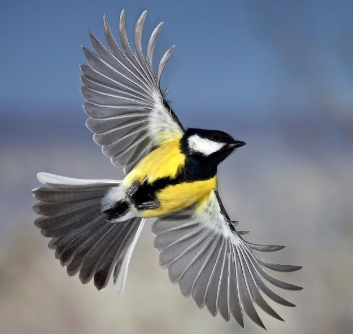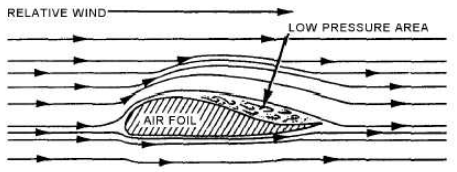The Birth of the Aircraft
- Niket Rajeevan

- Mar 29, 2018
- 4 min read

Humans have long shown fascination for technological developments and no where is this more evident than in the field of aeronautics. Within the space of 200 years, engineers and designers have come together to transform what was once a fictional concept into everyday reality.
The earliest ideas:
Some of the first conceptions about flight were inspired by the use of wings by birds.

Such ideas can be evidenced through the Greek myth of Icarus- Imprisoned on the Island of Crete, his father made him wings fastened with wax, allowing the pair to escape (although Icarus fell to an unfortunate death after flying too close to the sun, causing his wings to melt off).

Early Human beings developed this idea through strapping wings to their arms but after numerous unsuccessful attempts, this idea lost favour, and in its place, the Ornithopter was developed, which although was based on similar principals, it was a much more sophisticated mechanism.
The Ornithopter


Ornithopters were developed on the concept of wings flapped up and down by various mechanical systems, powered by human limb movement. However, this method of flight was short lived and the ideas never really got of the ground. There were various reasons for this. The Ornithopter could not overcome gravity due to the fact that unlike a flying mammal, the mass of this system was disproportionately large compared to the lift produced. More obviously perhaps is that even if the contraption took off, there was a large degree of physical exertion involved and sustained flight therefore would have been impossibility.
The First sustained flight
The first real success in getting humans in the air for a sustained period of time came on November 21st, 1783

In 1782, Joseph Montgolfier developed the idea of using the ‘lifting power’ of hot air. Bags were made out of linen and paper, into which hot air from a fire was trapped and after several test runs, on 21 November, the first flight with human passengers rose into the air and drifted 5 miles across Paris. This was the first sustained flight of man.
Sir George Caley: The Father of Modern aviation![endif]--
Da Vinci’s design of the Orinthopter revolved around creating upward lift and forward propulsion through the mechanical flapping of artificial wings but it was George Caley who eventually broke this unsuccessful line of thought, separating the concept of lift from that of propulsion. In many ways, George Caley set the origin of the modern airplane through his idea of using fixed wings to generate lift and a separate mechanism to produce propulsion, while other aerial contact surfaces ensured stability when the contraption was airborne

Caley had stated that the basic principle of a flying machine is “to make a surface support a given weight by the application of power to the resistance of air” and after several tests, he developed the idea that if the ‘surface’ is inclined at an angle to the direction of motion (referred to as the angle of attack in modern aviation), and if the airfoil has a slight camber, the wing can efficiently generate sufficient lift ![endif]--![endif]--
The below diagram shows a cross section of a wing with camber:

The Wright Brothers: Aerospace Pioneers
The Wright Brothers are widely accredited with the invention of the airplane, but this in itself doesn't give their discover enough merit. For decades, while the use of fixed wings had been discovered, hot air balloons and similar inventions were favoured over the airplane due to the sheer technical complications and the subsequent low levels of safety making the airplane designs up to this point unable to really advance past test runs.
But this was all to change. Brothers Orville and Wilbur Wright achieved the first powered, sustained, and controlled airplane flight in 1903, and then went on to also build and fly the first fully practical airplane in 1905

"The ability of the Wright brothers to analyse a mechanical problem and move toward a solution was apparent from the outset of their work in aeronautics. The brothers realised that a successful airplane would require wings to generate lift, a propulsion system to move it through the air, and a system to control the craft in flight. Lilienthal, they reasoned, had built wings capable of carrying him in flight, while the builders of self-propelled vehicles were developing lighter and more powerful internal-combustion engines. The final problem to be solved, they concluded, was that of control.
Most aeronautical experimenters up to that time had sought to develop flying machines incorporating a measure of inherent stability, so that the aircraft would tend to fly a straight and level course unless the pilot intervened to change altitude or direction. As experienced cyclists, the Wrights preferred to place complete control of their machine in the hands of the operator. Moreover, aware of the dangers of weight-shifting control (a means of controlling the aircraft by shifting the position of the pilot), the brothers were determined to control their machine through a precise manipulation of the centre of pressure on the wings. After considering various mechanical schemes for obtaining such control, they decided to try to induce a helical twist across the wings in either direction. The resulting increase in lift on one side and decrease on the other would enable the pilot to raise or lower either wing tip at will." - From 'www.britannica.com'
Sources used:
www.britannica.com
Introduction to Flight- John D. Anderson









Comentarios